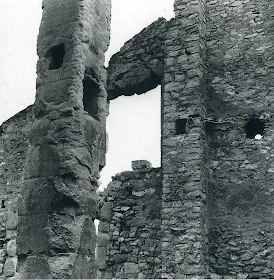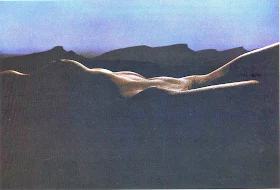Lucien Clergue made
his name in the 1950s when, as a young photographer, he became close to both
Jean Cocteau and Pablo Picasso both of whom supported him early in his career.
He went on the establish himself as one of the most idiosyncratic and influential
French photographers, combining a subtle artistic sensibility with the heat and
sensuality of his native Provence.
Clergue's archive
contains a vast array of imagery, but there are three strong themes that emerge
female nudes, bullfighting, and Picasso and his circle. While the nudes have
become iconic in the history of photography, all three subject matters are of significant,
recurrent interest to Clergue, allowing him to express himself and his world.
Clergue's genius is
to produce beautiful images that appeal on a sensual level, but that also
engage the viewer intellectually. His photographs speak of the South of France:
heat, sand, dust, art, sensuality and, in the case of bullfighting, life and
death. They take us on a journey through Clergue's life and passions, while
also revealing his deeper thoughts about the world and his place within it.
Clergue has said,
"Three subjects are my main interest: death, life and a kind of
no-man's-land in between. The death of the bulls at the bullfight, the nude
female in true nature, landscape, seascape, sandscape are the essentials of my
permanent research to find the beginnings of our world and ourselves."


















































































Δεν υπάρχουν σχόλια:
Δημοσίευση σχολίου